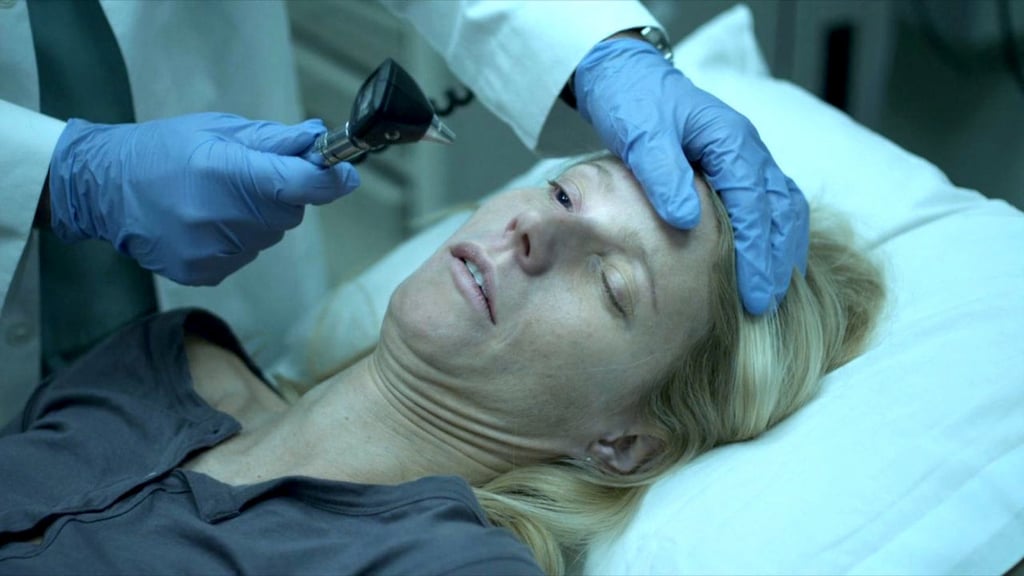Larry Brilliant, eradicator of smallpox, proposes ‘ring vaccination’ to combat coronavirus, says herd immunity is not achievable
- Leading epidemiologist Larry Brilliant calls mass vaccination to achieve herd immunity ‘just a dream’, saying it didn’t work against smallpox, Ebola or polio
- The former Google vice-president says technology is key, with various means of surveillance the most effective way to identify and isolate asymptomatic cases

One of the world’s best known epidemiologists has a stark warning: mass vaccination will not stop a virus, and achieving herd immunity by giving jabs to billions of people is just a dream.
Dr Larry Brilliant should know. He was at the forefront of the campaign that eradicated smallpox – the only disease the human race has managed to eliminate so far – and he wants health authorities to change tack and try a time-tested method known as “ring vaccination” to contain Covid-19, a process that involves using available jabs more judiciously.
“Mass vaccination never worked,” he says. “Not against smallpox, not against Ebola, not against polio. It is just a dream.”
The 2011 film, Contagion, was much talked about in the early days of the pandemic as it seemed to predict, almost a decade before the Covid-19 outbreak, the emergence of a killer virus that spreads through the air and leads to millions of deaths. Screenwriter Scott Burns got the idea for the movie from a Ted Talk presentation by Brilliant, who later worked as an expert consultant on the film. CNN classified Contagion as “part fantasy, part reality and totally possible”.
Back in the 1960s, while his fellow medical graduates donned white coats and gravitated towards hospital wards or research labs, Brilliant, having raised money by putting on a Pink Floyd and Rod Stewart concert, teamed up with a group of hippies and set off on in a psychedelically painted bus from London to India, snaking his way through Iran, Afghanistan and Pakistan.

But once across the Hindu Kush, a guru whom Brilliant had gone to meet – Neem Karoli Baba, or maharaji to him – set him on a path not further into the Himalayas, but to New Delhi, to join the battle against smallpox.